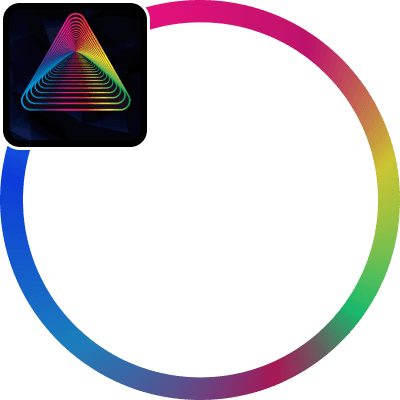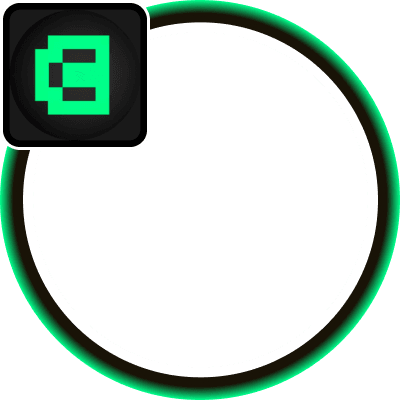Overview of NEAR Protocol
NEAR Protocol is a layer one, sharded, proof-of-stake blockchain, characterized by its user-friendly interface, environmental sustainability, and scalability. As a competitor to established networks like Ethereum, NEAR aims to surpass them in speed, cost-efficiency, and transaction capacity, advertising a future capability of processing up to 100,000 transactions per second (TPS) compared to Ethereum’s double-digit TPS and Bitcoin’s sub-10 TPS range. Launched with a focus on accessibility and developer support, NEAR introduces innovative features such as named accounts, simplified sign-ups, and interoperability with other chains, aiming to serve as a comprehensive platform for decentralized applications (dApps).
Performance and Reliability
NEAR has maintained 100% uptime for four years, processing over 800 million transactions. It has demonstrated scalability by handling more than 13 million transactions in a single day. Key metrics include transaction speeds of approximately 1.3 seconds and fees under 1 cent. March 2024 witnessed notable dApps like Kai-ching, Sweat, and Hot Wallet leading in active wallets, evidencing the network’s capacity and developer engagement.
Developer Experience
NEAR supports smart contract development in JavaScript or Rust, offering a rewarding model where developers receive 30% of gas fees. The protocol facilitates Ethereum Solidity contracts via Project Aurora, enhancing EVM compatibility. Comprehensive documentation and daily office hours by the DevRel team are provided to ease onboarding and development processes.
Environmental Impact
Certified carbon-neutral, NEAR Protocol’s energy consumption is significantly lower than that of its competitors, equating to the energy Bitcoin uses in three minutes annually. This sustainability is part of its appeal, reflecting a commitment to reducing the carbon footprint of blockchain technology.
Technical Mechanisms
Sharding: Nightshade
Nightshade, NEAR’s sharding solution, divides the blockchain into smaller, manageable parts, enabling efficient transaction processing and scalability. This architecture allows the network to handle a growing volume of transactions without compromising performance, offering a theoretical potential for infinite scalability.
Interoperability: Rainbow Bridge and Aurora
The Rainbow Bridge facilitates asset transfers between Ethereum and NEAR, while Aurora, a Layer 2 solution, allows Ethereum dApps to run on NEAR with lower fees and higher throughput. These components underscore NEAR’s commitment to interoperability and developer convenience.
Staking Mechanisms
NEAR employs a proof-of-stake (PoS) model with validator and delegator roles. Validators are responsible for block creation and transaction validation, requiring a minimum of 67,000 NEAR tokens for participation. The lowest-staked node currently holds over 162,000 NEAR tokens. Delegators support validators by staking their tokens, sharing in the rewards and contributing to network security.
Use Cases
NEAR Protocol facilitates a diverse range of applications, from DeFi and social networks to NFT marketplaces. Its sharding mechanism and developer-friendly environment enable scalable and efficient dApp development. The platform’s support for tokenization and NFTs, along with cross-chain interoperability via the Rainbow Bridge, positions it as a versatile and accessible blockchain ecosystem for a wide array of use cases.










